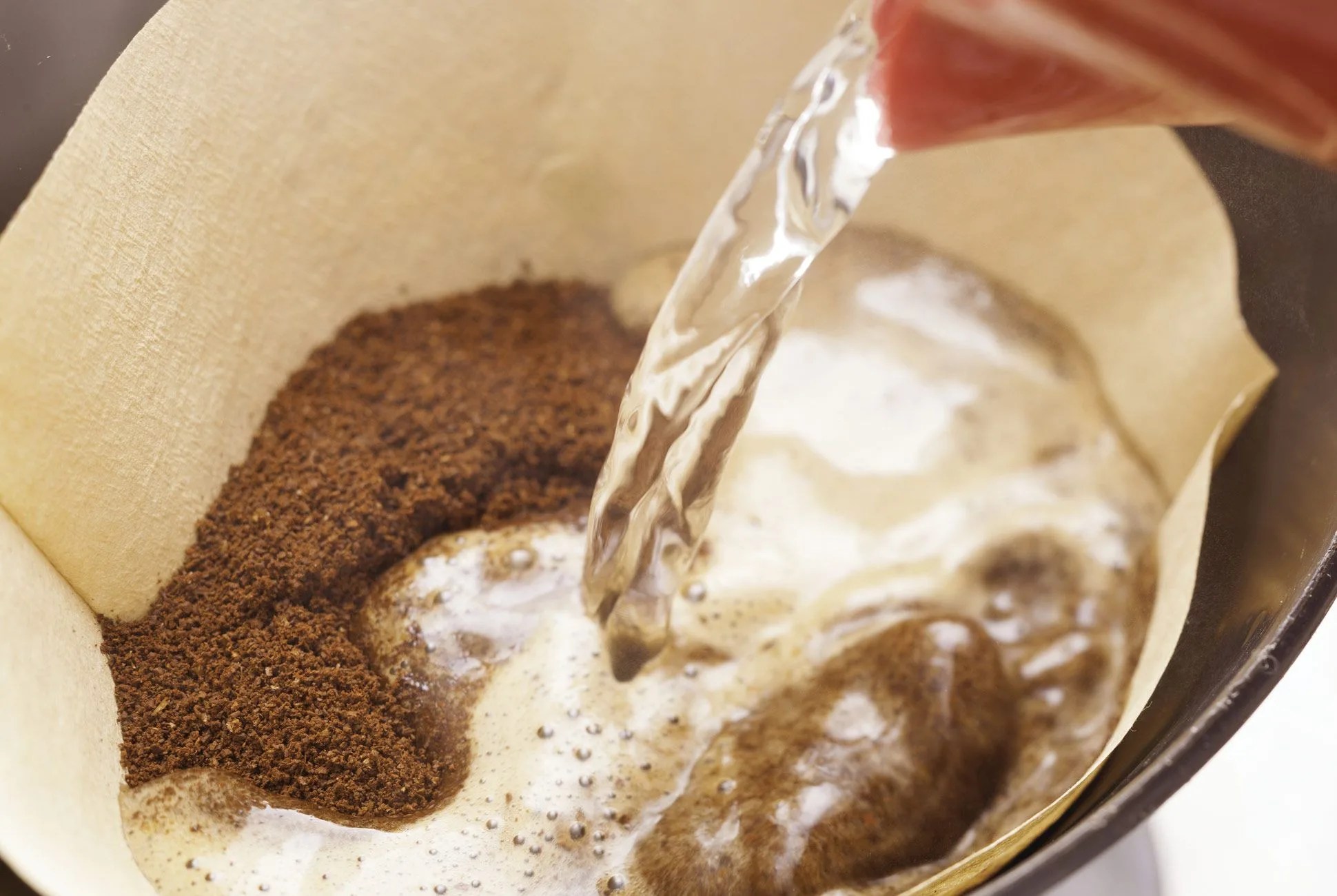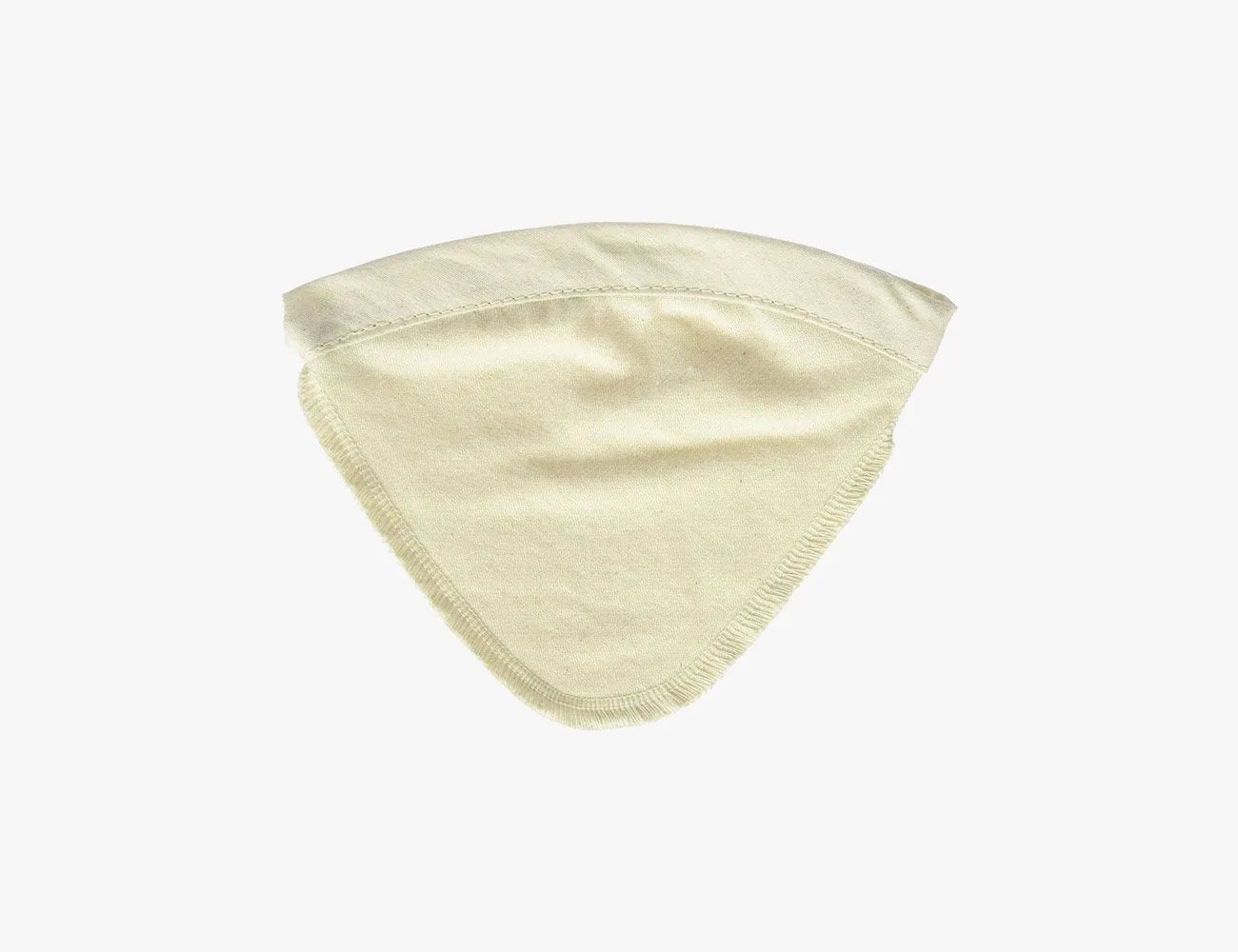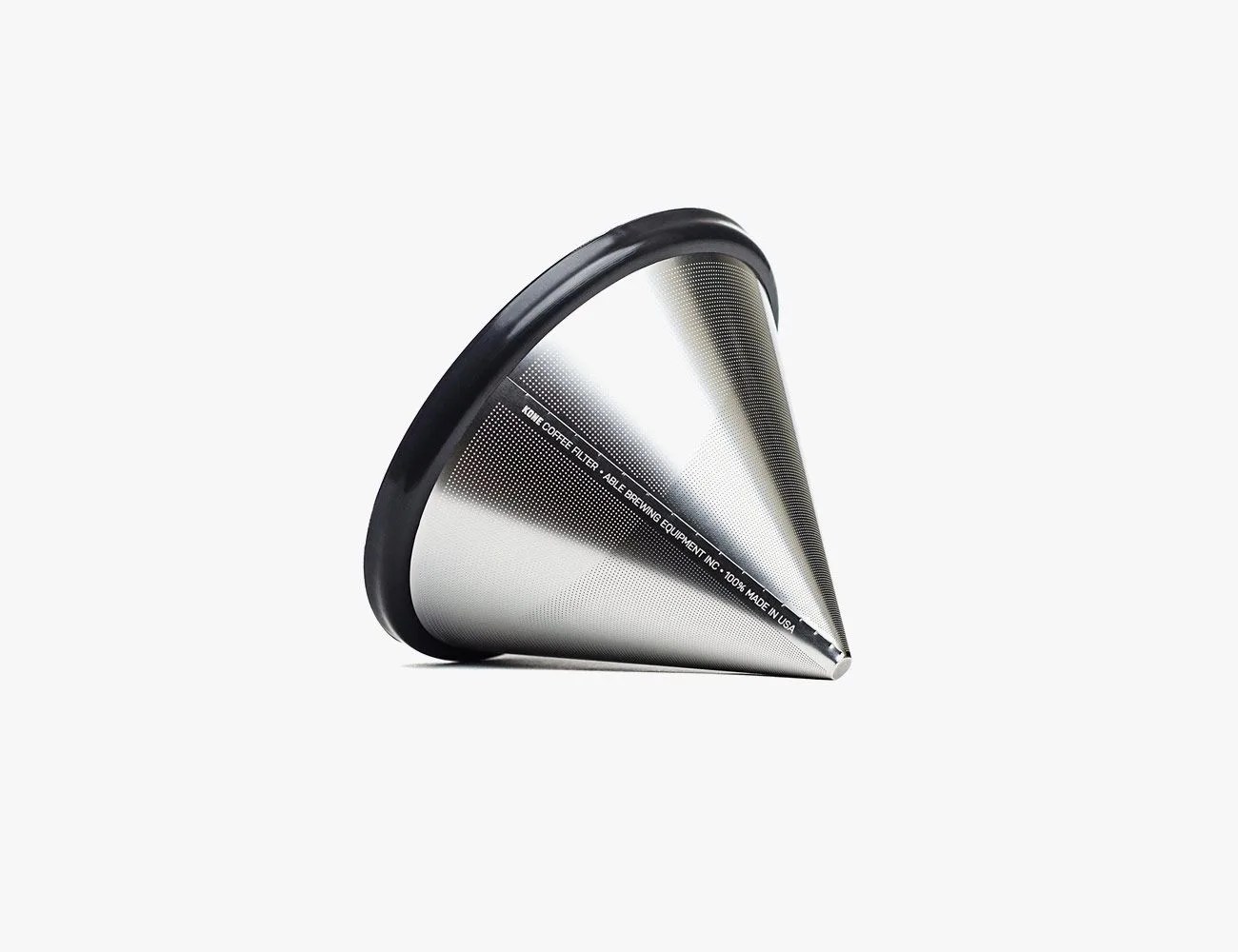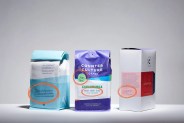With brewing coffee, as with cooking food, each ingredient and step along the way shapes the end result. The technique, roast, coarseness of grounds, temperature and quality of water are all known to influence the flavor of a cup of coffee. But often overlooked is the filter — the element through which everything passes.
Paper filters are the norm, preferred for their low cost and easy disposal. But steel and cloth filters carry their own respective advantages, enriching the flavor and texture of a pour-over in different ways. “The most important factor in filter selection is to ensure that [the medium] does not create any negative distractions,” explains Blue Bottle Coffee Director of Quality Control Benjamin Brewer, noting that filter material is ultimately a matter of personal preference. Here’s what you need to know about each type.
Paper Filters
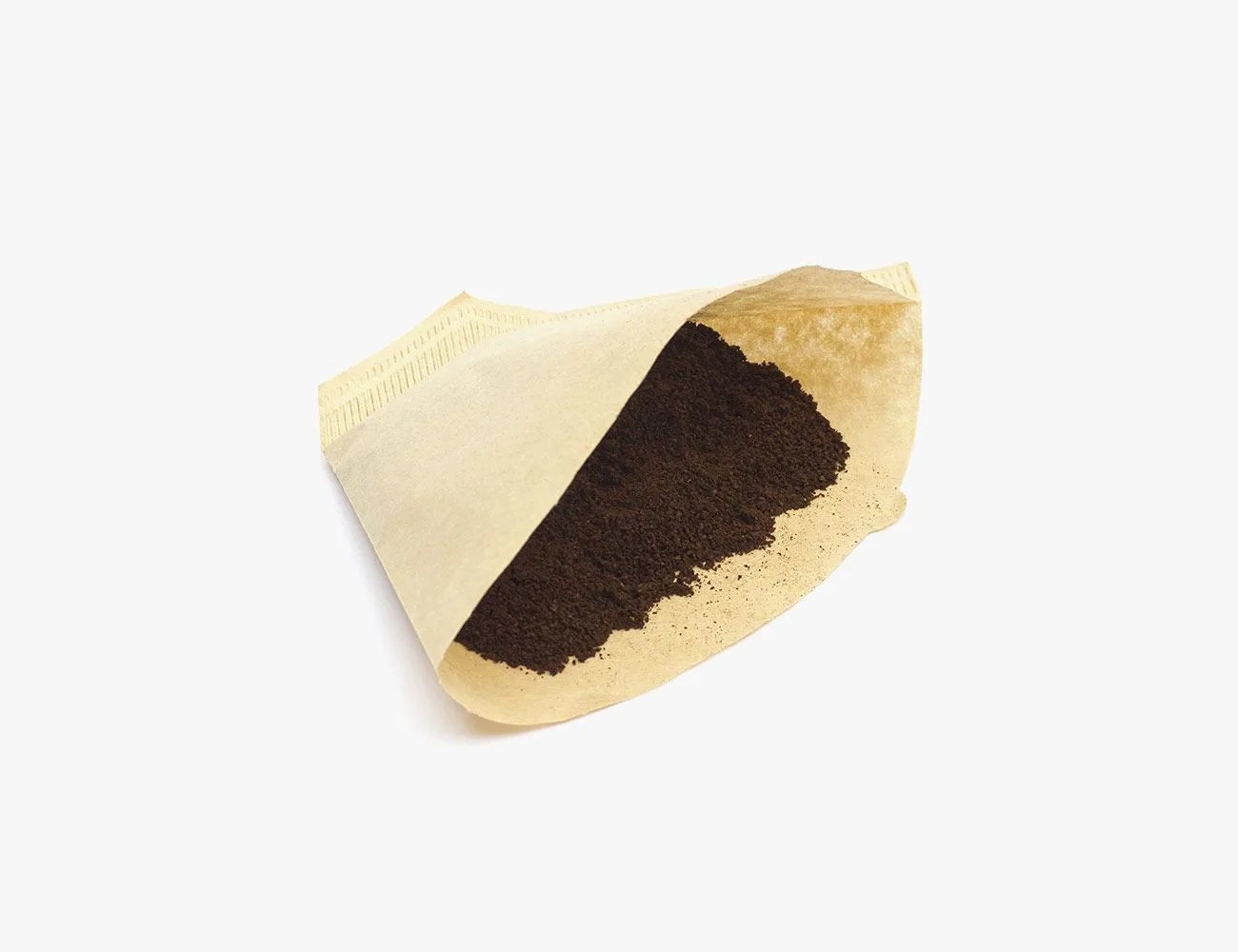
Bleached Paper Filter by Chemex $9
Unbleached Recycled Paper Filter by Beyond Gourmet $7
For a cleaner mouthfeel. “Paper filters tend to filter out more solids and absorb more oil,” Brewer explains; this makes them well suited to a broad range of roast styles. The caveat is that the filter’s pulp and composition can influence the overall flavor of a coffee extraction — recycled paper filters will yield a “papery” taste, while bleached filters can leave dry, astringent notes.
The solution lies in simply rinsing the filter with hot water to remove what Brewer calls “non-coffee attributes.” The result is a more clarified extraction and a coffee with a cleaner mouthfeel.
